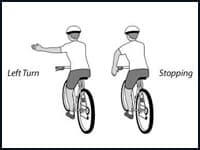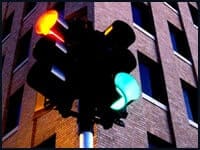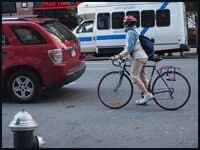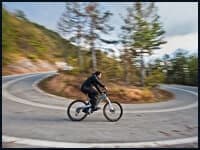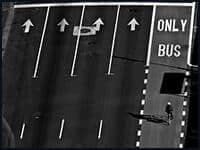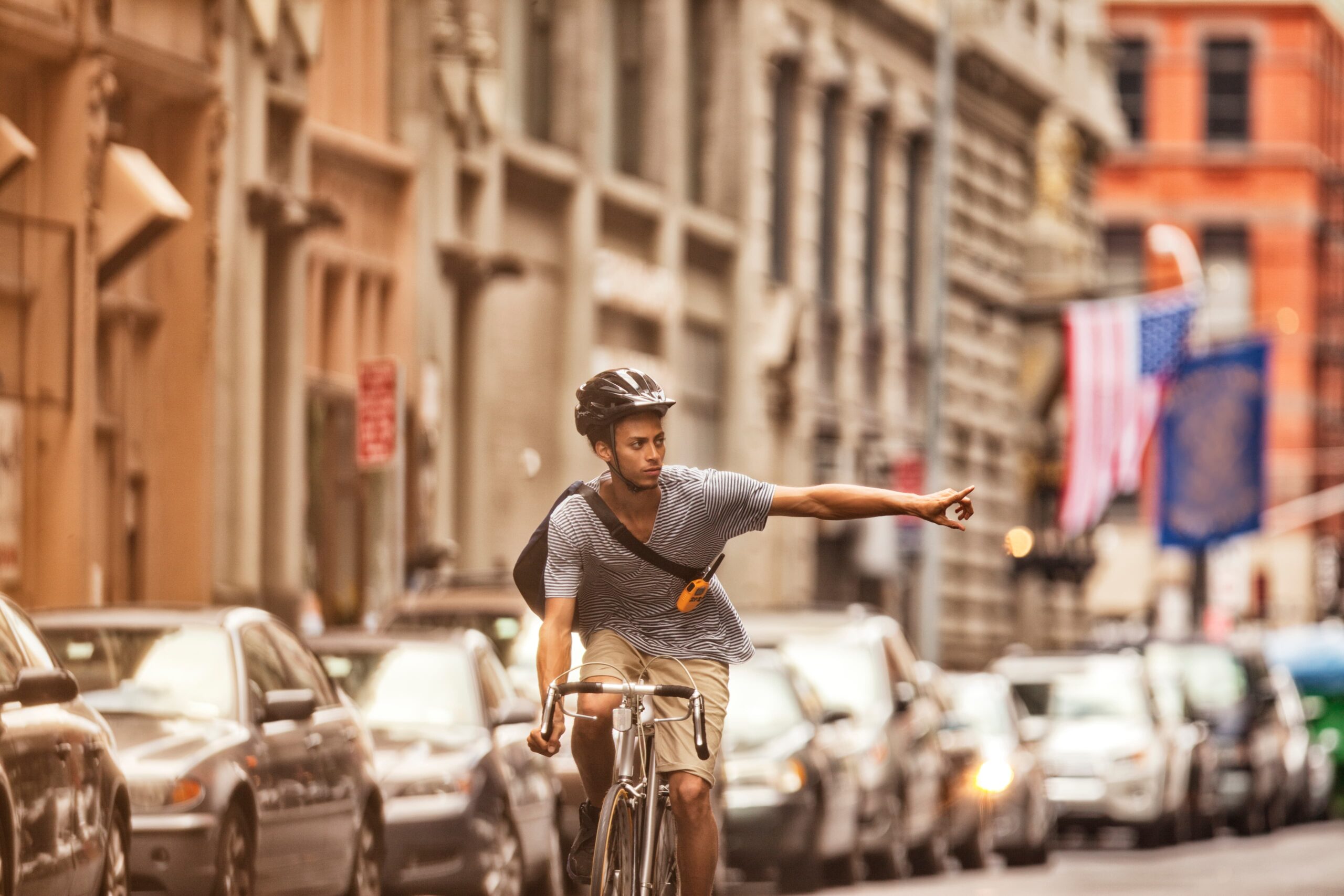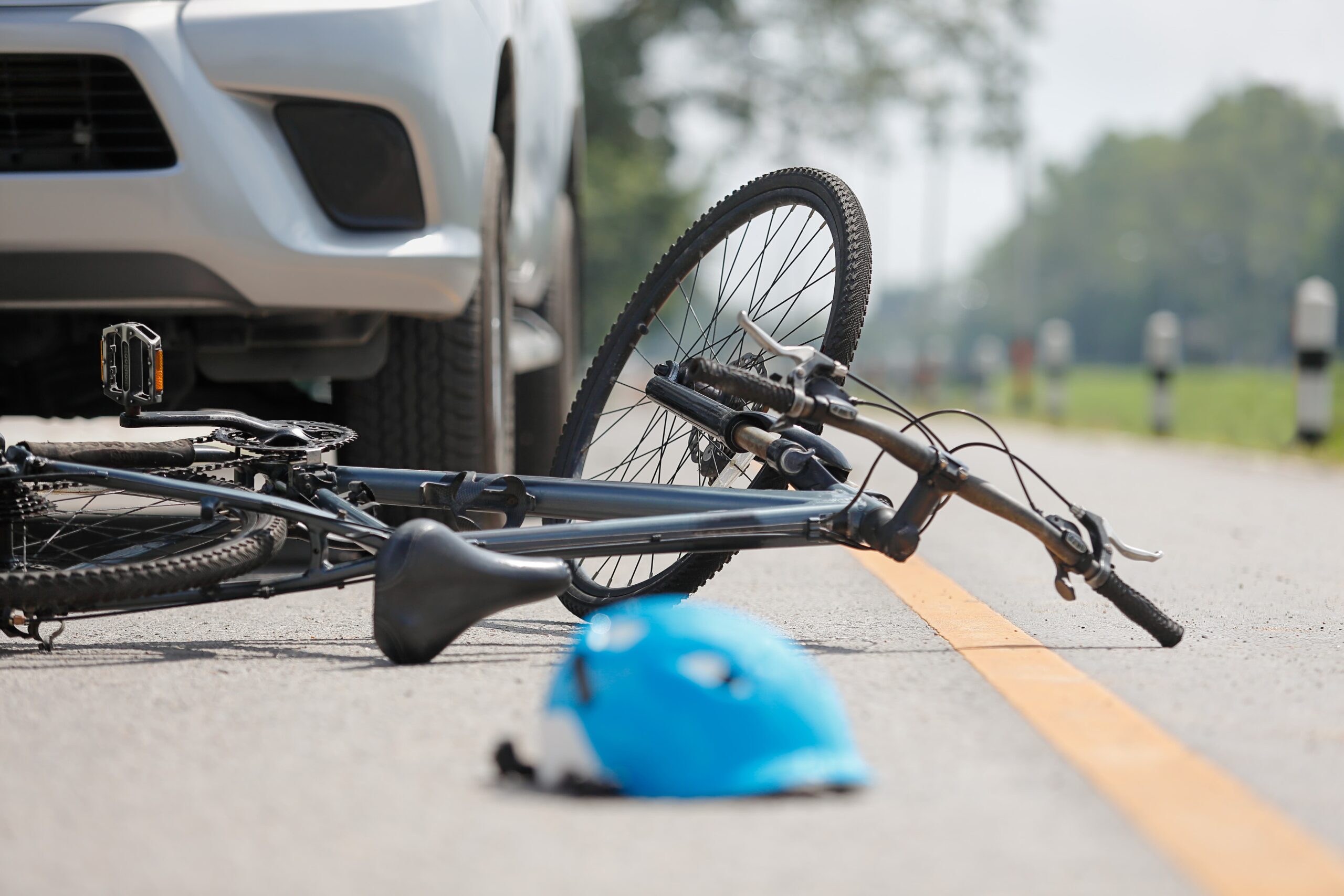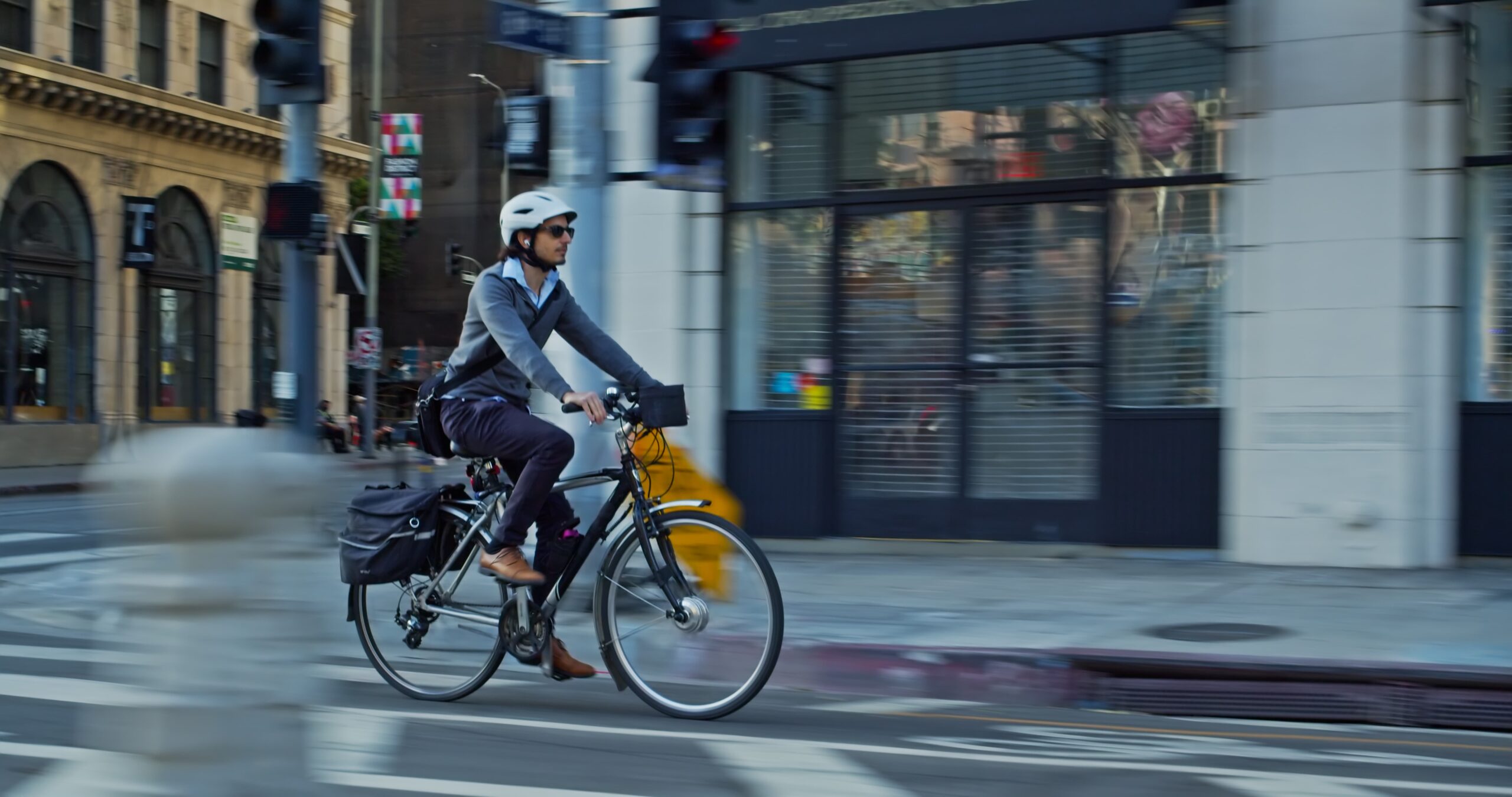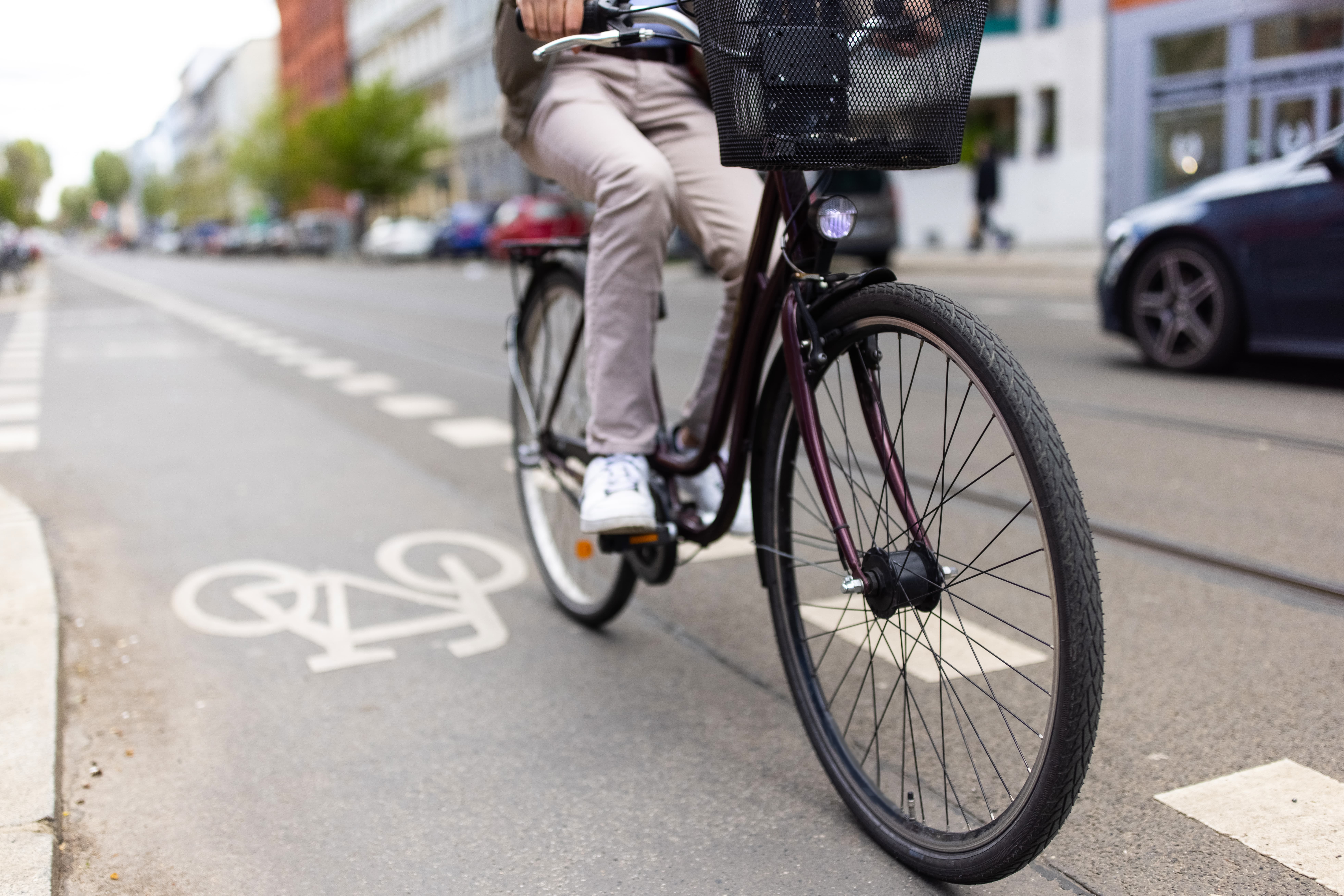Bicycle Safety Tips to Keep your Children Safe
According to the Centers for Disease Control and Prevention (CDC), each year more than 500,000 people in the U.S. are treated in emergency rooms for bicycle-related injuries, and more than 700 die. Over half of the injuries are to children ages 15 and under. Teaching your children to ride bicycles safely and defensively will go a long way toward protecting them from harm. Following these fifteen tips is a good place to start.
1. Wear a helmet and make sure it is properly fitted on your head
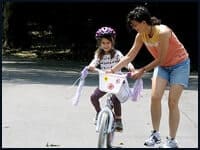
Don’t position the helmet too far back. It should be level across the top of your head. Do NOT buy a second-hand helmet, which may not retain the safety features needed for proper head protection.
2. Make sure your bike tires are properly inflated and your brakes work well before you leave your driveway.
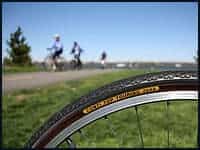
2. Also, your bike seat should be adjusted so that your knee is still slightly bent when your pedal motion is at its greatest extension.
3.Don’t allow children under 10 years of age to ride in the street.
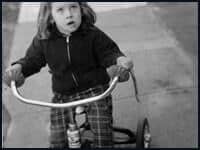
When under age 10 it is best to keep kids on bike paths. They are not mature enough to handle motor vehicle traffic.
4.Always keep at least one hand on the handlebars.

Use a bicycle carrier or backpack to hold anything you must bring with you on your bike.5. Do not carry more than one person on a bike designed for one rider.
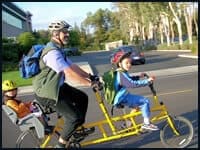
It is too difficult to control your bike when you’re carrying an extra rider.6. Wear bright or white clothing for day rides and reflective clothing at night.
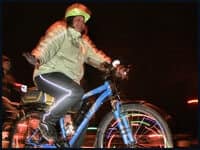
Even though you can see cars clearly, you are not as easily visible. Wearing bright or reflective clothing makes you more visible to motorists.
7. Never wear a headset while riding your bicycle.
You need both your ears and your eyes to avoid danger and keep yourself safe.
8. Ride on the right side of the road going with traffic.
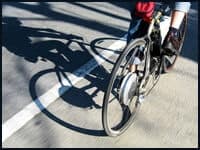
If you are NOT able to maintain the speed of traffic, ride as far right on the road as you can safely ride.
9. Use proper hand signals to tell motorists what you are preparing to do.
Arm straight out: left turn; Arm bent at elbow and raised up: right turn; Arm bent at elbow and pointing down and back: stop. (More info and images at Wikipedia)
10. Follow and obey road signs and traffic lights.
They apply to bicyclists as well as motorists.
11. Make eye contact with motorists and be aware of the traffic around you.
It is sometimes hard for motorists to see you. To be safe keep alert, watch what’s happening around you and respond accordingly.
12. Be aware and on the look out for obstacles in the road.

Car doors opening, potholes, children running into the streets, rocks on the road, etc.
13. Be predictable.
Don’t make sudden or surprise movements that Pedestrians, motorists, or other bike riders don’t anticipate. To do so puts your life in danger.
14. Check behind you before you change lanes or turn.
Also, never ride into the street without checking both ways first.15. Use a bicycle light at night along with reflectors.
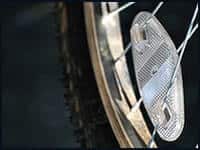
Stick to familiar roadways when you are riding after dark.
Colorado offers a wealth of bike paths that make bike riding safer and more enjoyable. We encourage you to use these. When you have to share the roadways with motor vehicles, remember to ride defensively and follow these safety tips to keep yourself from harm.
If you or someone in your family is injured in a bicycle collision with a motor vehicle, we encourage you to contact Bachus & Schanker for advice and representation.
Photo credits from Flickr: Yourdon, Mr. T in DC, Nancybeetoo, Bike (x4), Renneville, slopjop, David23, teosaurio, Nick-K, geezaweezer, Neil. Hand signals image from City of Milwaukee.
Read More News


